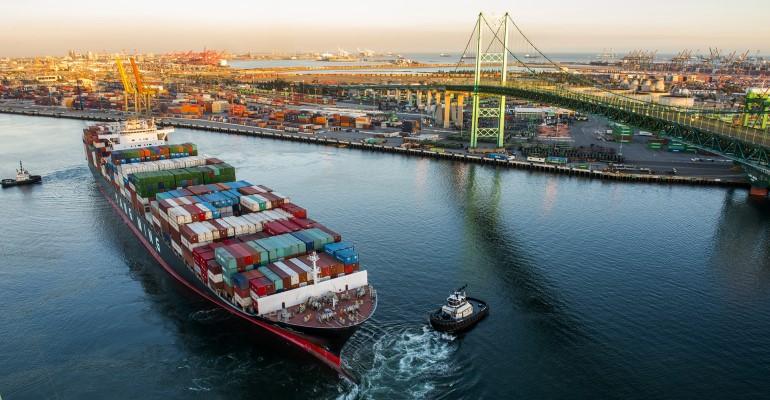From record volumes a year earlier the Port of LA handled 487,864 teu in February 2023, a 43% drop on the same month in 2022.
“February declines were exacerbated by an overall slowdown in global trade, extended Lunar New Year holiday closures in Asia, overstocked warehouses and a shift away from West Coast ports,” said Port of LA Executive Director Gene Seroka. “While we expect more cargo moving crossing our docks in March, volume will likely remain lighter than average in the first half of 2023.”
It was a similar picture at fellow San Pedro Bay facility the Port of Long Beach if the decline in volumes was not as steep. The Port of Long Beach handled 543,675 teu in February 2023 a 31.7% year-on-year decline.
“Trade continues to normalise following the record-breaking cargo numbers we saw at the start of last year,” said Port of Long Beach Executive Director Mario Cordero. “We are investing in infrastructure projects that will keep us competitive as we collaborate with industry stakeholders to focus on trade volume.”
Both ports saw sharp declines in imports down 34.7% to 254,970 teu in February 2023 for Long Beach, and a 41% drop to 249,407 teu for the Port of LA. Empy box movements saw the largest year-on-year declines with 54% drop to 156,035 teu in February for the Port of LA, and 38.8% down at the Port of Long Beach to 177,787 teu for the second month of 2023.
At the Port of LA for the first two months into 2023, total container volume was 1.21m teu compared to 1.72m teu in 2022, a 30% decline.
The sharp decline in volumes come at a time when container lines are in negotiation for annual contracts on the transpacific trade between Asia and the US, giving more ammunition to shippers pushing for steep rate reductions after two years of record prices.
Copyright © 2024. All rights reserved. Seatrade, a trading name of Informa Markets (UK) Limited.
Add Seatrade Maritime News to your Google News feed.  |

